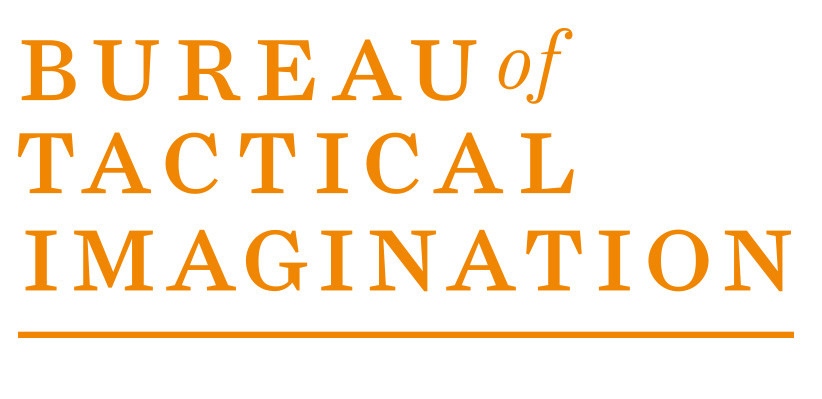METHOD 1: MEDITATION
Visioning, journeying, entering the Dream
METHOD 2: VISUAL WARMUPS
Collecting raw material; generating many possibilities, working with speed, chance and exploration
METHOD 3: FOUND TEXT PILES
Collecting raw material; intuitive word selection, chance, working with what’s already there.
What are some ways of finding and collecting text?
pick a book of your shelf and turn to a random page. Copy down the first sentence you find on a scrap of paper, or if this book is ready to be an art supply, cut it right out of the book.
make blackout poems: use a black marker to blot out text on a page, leaving only certain words behind to construct a new story/sentence/phrase.
Google odd phrases and harvest unexpected sentences from the results.
cut out multiple words, phrases and sentences from a book or magazine, and start arranging like a refrigerator magnet poem.
METHOD 4: MASHUP/REMIX
Combinatory process; chance; auditioning images and text for surprising combinations.
METHOD 5: IMAGINARY CAMPAIGNS: WORKING BACKWARDS FROM AN IMAGE
Reversal of process; rule abandonment; “found” stories and metaphors, image-led thinking, new starting points.
Instructions:
Examples:
METHOD 6: WORKING BACKWARDS FROM WORDS
Reversal of process; rule abandonment; “found” stories and metaphors, TEXT-led thinking, new starting points.
This one follows the same process as working backwards from images - but this time, use found sentences, phrases, or words from your text piles. Start with an evocative phrase that becomes the title for your new artwork/program/business/artwork/empire/essay/brand - and build backwards into the details.
METHOD 7: OPPOSITE DAY
Rebellion, defiance, mischief, cultural analysis, new starting points, list making.
Instructions:
As you consider your project, list all the things you “should” do according to common sense, the best practices in your industry, social norms, etc.
Prototype a solution which incorporates the OPPOSITE of as many of those rules as you want.
What new ideas are hiding in doing it wrong?
METHOD 8: SWITCHING THE FRAME
Combinatory thinking; context jumping, intuitive cultural analysis, brainstorming, working backwards
Instructions:
Example (Meghan Genge)















